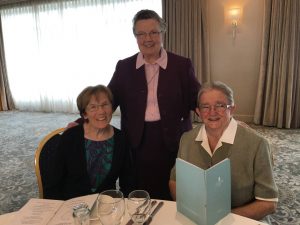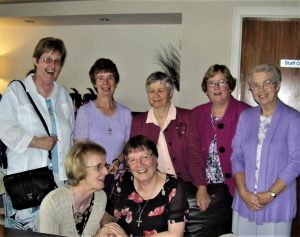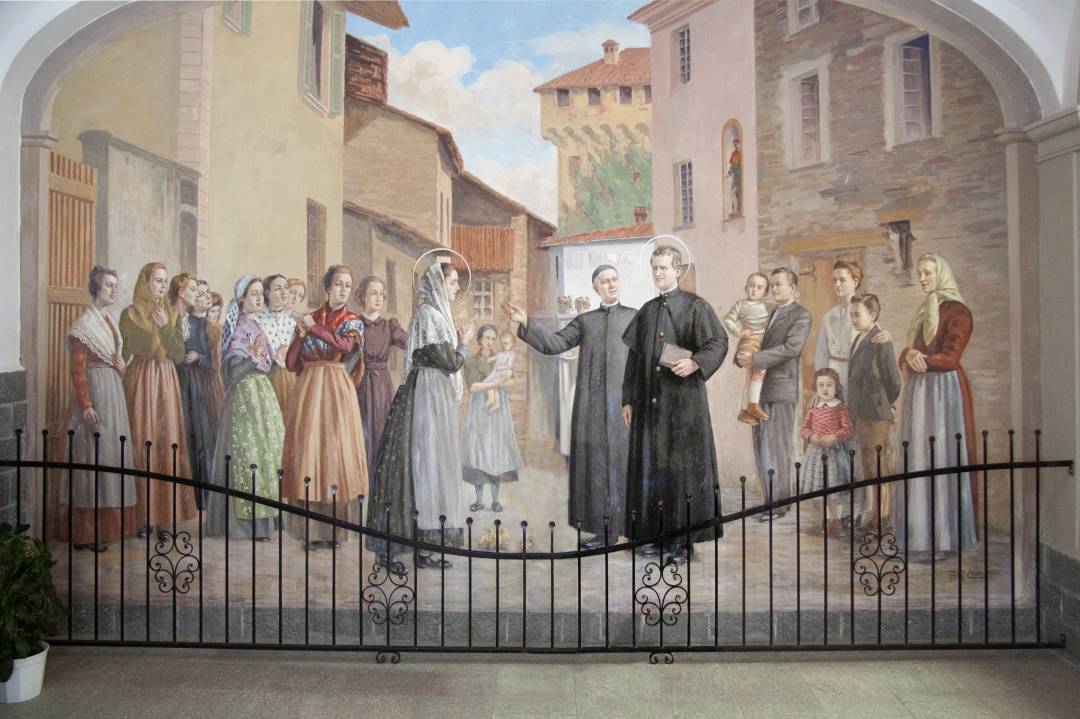A WOMAN OF HER TIME
The Salesian Sister is called to be a woman of God, aware of God’s presence in “the bits and pieces of everyday life”. At the same time, she is called to be a woman of her time, ever alert and open to the needs of the time and place where she lives and works.
She is a woman for others, called to reach out especially to women and girls helping them develop to their full potential. She is an educator in the broadest sense of the word, not limiting ‘education’ to ‘instruction’ but encouraging the holistic development of each person in their spiritual, social, intellectual, affective, and artistic dimensions.
She is called to do this in an atmosphere of joy and with an attitude of kindness which treats each one with respect and love and tries to create a family-like atmosphere both in community and among those she works with and for. This is the ideal, but it is not always reached by the Salesian Sister who remains a fragile human being, called to keep on growing.
EDUCATORS EVER OPEN TO THE SPIRIT
Faithful to Our Lady’s first message to the young John Bosco: “Open your eyes and look around”, the Salesian Sister is called to be ever on the alert for the emerging needs. As a result, Salesian Sisters have been involved in schools of all types, from nursery school to university. Within a few years, alongside sewing they were teaching music and French, subjects then considered as accomplishments for upper-class women.

In their first teacher training school, they caused quite a few raised eye-brows by introducing PE and science into the curriculum for girls! In war zones they opened orphanages and in the face of industrialisation, hostels for working girls and for students.
Arriving into Ireland during the revolutionary period of 1920, they immediately opened an evening school for girls who had missed out on their schooling. Everywhere they went they opened clubs and oratories, which provided opportunities to meet the girls in a more natural, spontaneous setting and to develop those talents for which the school might not provide, such as drama, music and sport. These clubs were also a fruitful field for the development of leadership skills in the young people.
STILL RESPONDING TODAY

The Salesian Sister today is involved in a wide variety of educational projects. In India they have developed self-help projects for women, complete with microcredit, leadership and enterprise training. In the Philippines and parts of Africa they run projects for street children, with names like “City of Hope” and “City of Joy”. Like Don Bosco they go out to meet the young people where they are, running street schools in India and drop-in centres, formation centres and professional courses for women and girls wherever they see the need.
In Ireland today the Salesian Sisters have some innovative projects such as “Follow Your Dream”, a project designed to help young people at risk and their parents to discover and develop the particular talents of the young person. They are offered support in planning their project, finding places of training and even in financing their formation.
Salesian Sisters are also involved in training young volunteers for missionary experience and supporting them in this work and on their return. There are many other possibilities such as art therapy, parish involvement, promoting ecology and care for creation. The Salesian Sister never retires. She just changes occupation and no matter what the age or health condition, there are always possibilities for being a caring, prayerful and listening presence.
CONCLUSION
I would like to close with the mission statement of the Irish Salesian Sisters. I believe that in its simplicity it sums up all that has been said here:
“We Salesian Sisters are signs of love, hope and joy for the young and all with whom we come in contact.”


